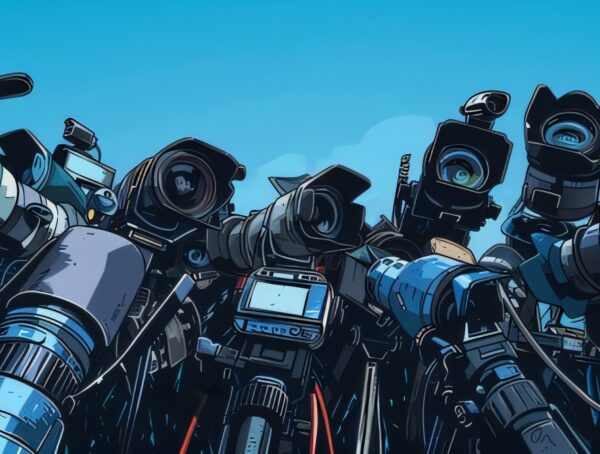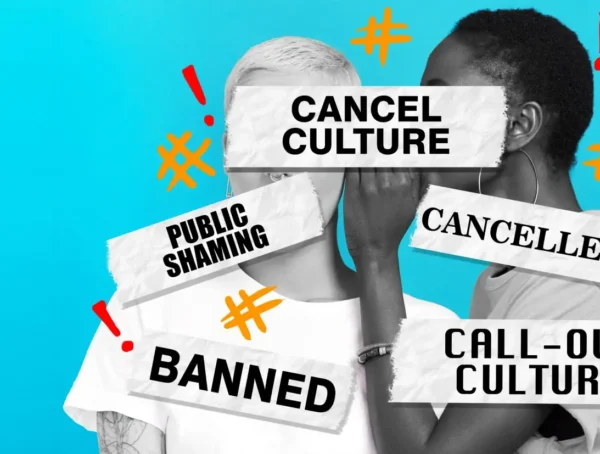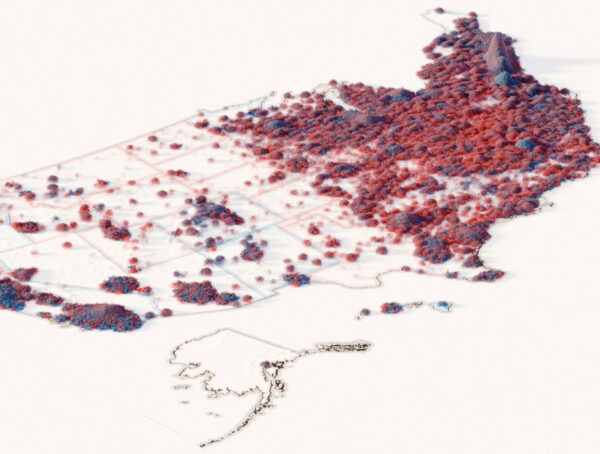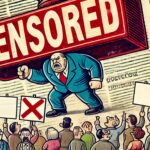TL;DR
The role of the watchdog seems to have been abandoned by mainstream media, which now appears to be sheltering the Biden administration and serving up narratives that align with leftist political interests. The media, for instance, has tried to downplay Biden’s cognitive strain; and it has, in a manner reminiscent of 1984, reframed the “border crisis” as a “humanitarian challenge.” The way these stories are told and the way some stories are omitted suggests the possibility of a message manipulatively crafted to seem as though the presidency is doing something worthwhile and, indeed, as though it is worthy of being upheld.
The Abraham Accords and other achievements of Trump were eclipsed by inflated controversies. His statements, in particular, those regarding Charlottesville, were misrepresented not just for effect but for length. Parts were left out, and irrelevant false information (such as that he said there were “very fine people on both sides”) was made much of. The public is not stupid. It can see when journalism is trying to dress itself up in the Air Force monotone and why it might be doing so.
The media can restore its credibility only by returning to the media’s age-old virtues: impartiality, transparency, and a pursuit of truth that has little to do with what is often rendered as “partisan” or “non-partisan” narratives. When the media was trusted, it served as a national unifier. When it isn’t trusted, it serves as a national divider. To rebuild this trust, news organizations must recognize why news sources can be deceptive, often prioritizing sensationalism over substance to attract clicks and views. This shift towards entertainment rather than information has eroded public faith in journalistic integrity. By recommitting to rigorous fact-checking and covering stories with a balanced perspective, the media can once again foster a sense of unity and credibility among its audience.
A democracy’s press has a simple yet important job: to tell the public what it needs to know; to keep powerful people honest; and to act as a nearly always on, almost never flinching, watchdog for the nearly always vulnerable public. For years now, though, American “mainstream” media have made a mockery of this precious mandate.
This transformation has been glaringly obvious to those who are willing to look beyond the carefully polished, and often disingenuous, surfaces of the headlines. When it comes to President Biden’s visible cognitive struggles, the escalating border crisis, and the wave of violent crime gripping America’s major cities, the same old reliable news outlets CNN, MSNBC, The New York Times, and The Washington Post have as a collective decided to obscure truth and instead help spread the falsehoods and convenient narratives that only serve the Democrat Party. And of course, they do it in a manner that is largely above board and always within the boundaries of political correctness.
The public’s perception of reality has been fundamentally changed by the media, which now serves political interests rather than the truth. This isn’t a recent development; it’s been happening over the past several years, perhaps even decades. The specific tactics employed; the stories left out; and the way left-wing media now maintains the echo chamber that it serves in short, the left-wing media’s thick wall of partisanship hasn’t sacrificed its credibility because it doesn’t have any to sacrifice. And the right-wing media is hardly more credible.
A troubling picture of a media landscape lost and found wanting is what emerges. And in this case, “found wanting” means that accountability has taken a backseat to narrative, political power, and controlling aspects of the media in a manner that recalls George Orwell’s 1984. The failure of the media as an ecosystem has rippled outward, discreetly eroding trust in institutions, deepening ideological divides, and leaving Americans to cope as best they can with a fractured information ecosystem.
This is not merely a problem for the media; it is a democracy crisis.
Biden’s Cognitive Fitness: Media Complicity in Silence
Biden’s cognitive ability is questioned in some quarters. His campaign and presidency have seen too many gaffes, moments of confusion, and occasions when he’s just appeared to not be with us that have raised too many eyebrows and caused too many people to ask too many uncomfortable questions. For example, in a 2022 speech, Biden said what seemed like an appropriately long and winding thing to say but ended with a tag that falsely identified Kamala Harris as the “President,” a mistake CNN dismissed in the kind of immediate fact check you don’t usually see after a gaffe, even though the network is perfectly fine with slamming Republicans for their gaffes.(source: CNN). Similarly, during a public appearance, Biden appeared visibly disoriented, muttering, “What am I doing here?” NPR framed this as an inconsequential misstep rather than addressing its implications (source: NPR).
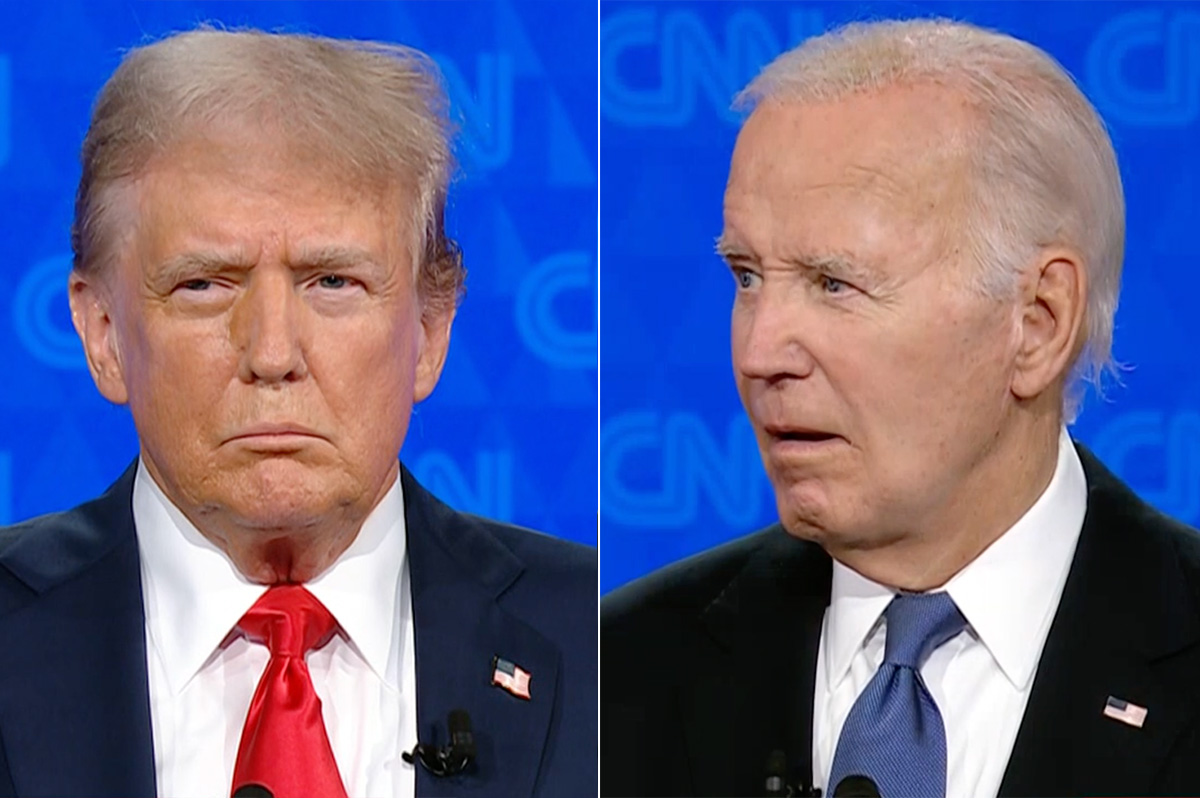
Prominent media organizations such as MSNBC and The Washington Post have recast or de-emphasized comparable occurrences that, under prior administrations, would have been subjected to intense examination. Accounts of Biden neglecting to recall the term “veteran” and enlisting the audience to help him articulate the word during a speech were largely disregarded or waved off by the major media (source: NY Post).
These sources have also been dismissive or just plain disregarding of doctors and other officials who have raised serious, and even some not-too-flattering, concerns about Biden’s mental acuity. The Washington Post called it “partisan attacks,” and CNN said it was spreading “baseless conspiracy theories. ” Critics argue that this refusal to engage with legitimate questions only fuels skepticism among the public. As a result, discussions surrounding Biden’s role in censorship have gained traction, highlighting the fine line between protecting a narrative and stifling dissenting voices. Moreover, the backlash against those raising concerns about his mental acuity underscores a broader issue regarding accountability in leadership.
This matter has been worsened by social media platforms actively suppressing discussions. Twitter and Facebook have labeled as “misinformation” posts that question Biden’s mental health. Even when the truth is on our side, we’re struggling to have any kind of healthy discourse reach the public. And Harris? What the hell has she been doing while all of this is going on? She’s been quiet aligning herself, it looks, with the administration’s sunny-side-up version of life with Joe. And since when is it not the media’s job to hold the vice president accountable for what she does or doesn’t do?(source: The Times).
The Border Crisis: Framing and Misdirection
The border crisis, under Border Czar Kamala Harris, has seen the media manipulate language to reshape public perception. Under the Trump administration, persistent coverage from outlets like CNN, MSNBC, The Washington Post, and The Guardian of “kids in cages” used emotionally vibrant language and pictures to paint a critical picture of Trump’s immigration policies (source: CNN). Yet, under Biden, NPR and Reuters rebranded the same facilities as “overflow shelters,” depicting them as part of a “humane approach” to immigration. (source: NPR). The reframing has taken some of the heat out of a human rights crisis that is genuinely getting worse. It has made the administration look better, of course. But it has also bought the administration time to devise a genuinely new way forward on what is, after all, a genuinely hard problem.
During the 2022 fiscal year, the number of migrant encounters at the southern border hit an all-time high of 2. 5 million. ABC News and CBS have covered these figures only infrequently and have tended to place them in the context of a much-needed immigration reform. When these stories do air, they rarely if ever turn up at the top of the newscast or carry any kind of banner. (source: ABC News). The term “crisis” was mostly avoided by prominent publications like The New York Times and The Washington Post. These major outlets instead called the situation a “humanitarian challenge. ” This mindful turn in language may have reduced public awareness of the issue’s seriousness, and it surely helped the administration dodge a few well-deserved tomatoes in the process. Critics argue that this deliberate framing minimizes the urgency of addressing the complex factors driving migration and the overwhelming conditions faced by both migrants and border communities. As the narrative surrounding immigration evolves, it’s reminiscent of themes often found in satirical shows like The Simpsons, especially when it comes to their uncanny ability to foreshadow societal issues. The show has earned a reputation for its outlandish yet prescient the simpsons future predictions, prompting viewers to reflect on how the media’s portrayal of reality can shape public perception and policy responses.
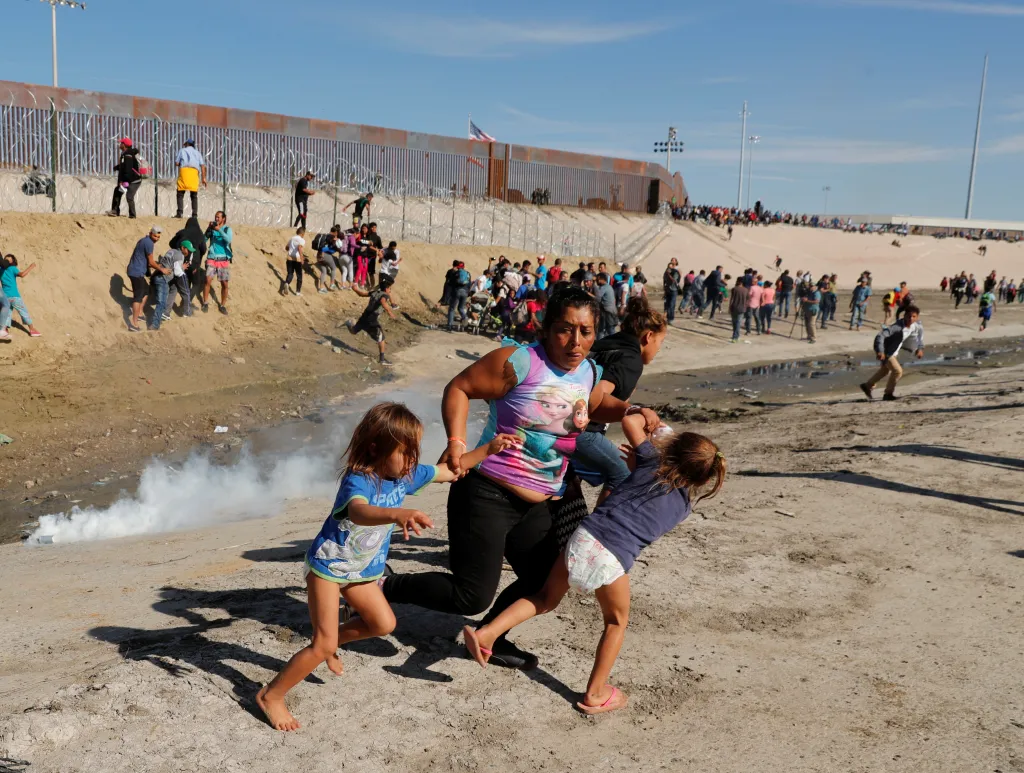
At the same time, weakened law enforcement has allowed cartels to further expand their operations, especially in the areas of human trafficking and drug smuggling. Cartels have ramped up these two businesses, and both are now contributing to the U.S. fentanyl epidemic (source: White House). Even though trafficking is rapidly increasing, NPR has shed light on the administration’s attempts to bring about family reunification and enhance migrant conditions. This includes going over plans and initiatives like the Family Reunification Task Force that aim to rectify the situation for those currently in or passing through “family separation” centers.
The Heritage Foundation and other critics have contended that this reporting tends to minimize the link between Biden’s immigration policy and the increased incidence of trafficking and drug-related fatalities (source: The Heritage Foundation).
Identity Politics and Crime: A Grift of Narrative Control
Crime reporting may be the media’s most obvious policy failure, but it’s not just about poor choices made for public service purposes; it’s also about poor choices made for narrative purposes. Violent crimes are increasingly framed through the lens of race, with the media amplifying stories that align with their preferred narrative while minimizing or omitting those that challenge it. This twist of identity politics not only misinforms but also may well be the most divisive thing the media do.
When a crime involves a white perpetrator and a Black victim, outlets like CNN, MSNBC, The New York Times, and The Washington Post frequently amplify these stories, often emphasizing racial dynamics as the central theme. Cases such as the killing of Ahmaud Arbery (source: Britannica) or the tragic death of George Floyd (source: Britannica) received wall-to-wall coverage, with narratives often presented before all facts had surfaced. While these cases deserved national attention, the media’s disproportionate focus compared to other crimes reflects an agenda-driven approach rather than a commitment to justice or truth.
On the other hand, crimes committed by Black individuals, especially when they affect other Black individuals, are frequently underreported or portrayed as one-off instances. In places such as Chicago, where Black neighborhoods suffer the most from violent crime, outlets like NPR and The Washington Post work hard to make the story of these tragedies disappear. They attribute the story to poverty or some other inequality and don’t go into the real-life con-sequences of bad policies or weak leadership (source: The Marshall Project). When we do hear about crimes committed by Black individuals, the stories might as well have been written in invisible ink for all the attention they get.
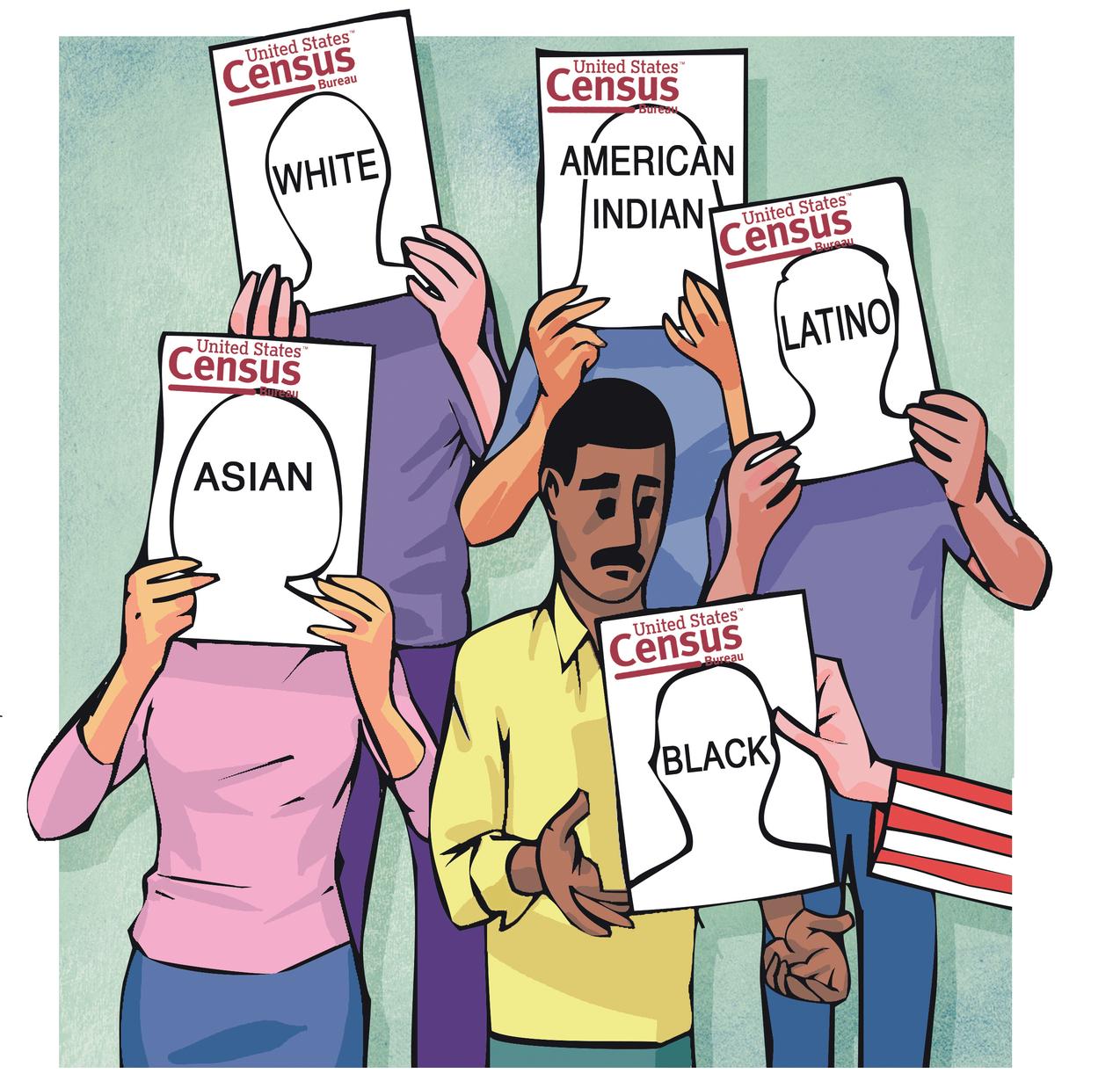
Relying too heavily on identity politics for narrative construction around crime is hardly the right move for the media. It plays into a selective outrage, especially among liberal commentators, who then appear to accuse some groups of a privilege they either don’t admonish as commendable when others have it or don’t appear to have when they’re out on the campaign trail at events that many now see as “woke.” It’s then that violence can appear, to the media and others, as serving an ideological purpose. And not solving that problem in otherwise served communities isn’t, I think, an admirable journalistic path to follow.
This con not only destroys confidence in the press but also widens societal rifts, making people angry and getting them to see red. Grifters obviously want to make money, but the subprime journalism they practice serves another master: It tries to keep us divided. Until the media stops trying to divide us and exploit our identities, it will remain part of the problem.
Violent Crime and Human Trafficking: Stories That Go Untold
Recent data indicates that violent crime trends in major U.S. cities are complex and vary by location. For instance, Washington, D.C., reported a significant decrease in violent crime, with a 30% reduction compared to the previous year, attributed to increased police visibility and community engagement (source: WTOP). Conversely, other cities have experienced fluctuations in crime rates, with some reporting increases in specific categories.
Has been diverse. Outlets like CNN and MSNBC have reported on the many things leading to crime rate changes. These reports look into a lot of different elements constraining or pushing people into the kinds of actions that get them involved in the criminal justice system. A lot of these moves are economically determined. The reports connect a lot of dots between society’s situation in general and crime rate climbs or drops, without saying that any single thing is entirely responsible.
It is important to understand that linking crime trends to individual factors or policies can be overly simplistic. When criminal activity is analyzed comprehensively, a multitude of influences is taken into account everything from the condition of the economy to the nature of law enforcement practices, the existence of community programs, and what kind of legislative changes are being made.
For a detailed look at the nation’s crime situation, along with in-depth examinations of the kinds of factors that seem to be influencing changes in crime rates, the Council on Criminal Justice is a good resource to consult (source: Council on Criminal Justice).
Misrepresentation of Trump: A Playbook in Distortion
Few individuals have been consistently misrepresented by the media as has Donald Trump. Take, for instance, the hoax about Trump and the “very fine people.” After the protests in Charlottesville, Trump clearly condemned neo-Nazis and white nationalists when he stated, “They should be condemned totally.” Yet, outlets like CNN, MSNBC, and The Guardian took his words and created the false impression that he was referring to white supremacists as “very fine people.”
Similarly, during the COVID-19 pandemic, Trump’s speculative remarks about disinfectants and UV light were distorted by The New York Times and CNN into claims that he recommended injecting bleach. This deliberate misrepresentation not only stoked public outrage but also undermined trust in legitimate scientific discussions. The media frenzy surrounding these comments overshadowed the complexities of the pandemic response and fueled conspiracy theories that were rampant at the time. As a result, many individuals gravitated towards sensational narratives, including damning videos on covid coverups, which further polarized public opinion. This environment of misinformation made it increasingly difficult for the general public to discern credible information from exaggerated claims, complicating the already challenging landscape of public health communication.
Even the successes of Trump, like the Abraham Accords historic peace agreements between Israel and several Arab nations. they received minimal attention from outlets like NPR and The Washington Post. These groundbreaking achievements were overshadowed by controversies often manufactured or exaggerated by the same media outlets.
The Erosion of Trust: A Fragmented Landscape
The mainstream media’s decline goes beyond biased reporting or selective storytelling. It’s about what happens when institutions that are supposed to serve the public opt instead to serve the powerful. Outlets like CNN, MSNBC, The New York Times, and NPR have crafted an alternate reality in which they are the good guys and their enemies are very bad indeed. In this reality, there is no accountability, and no transparency. This is a betrayal of journalism’s first principles. It doesn’t just watch the watchers; it also wags the finger at them when necessary.
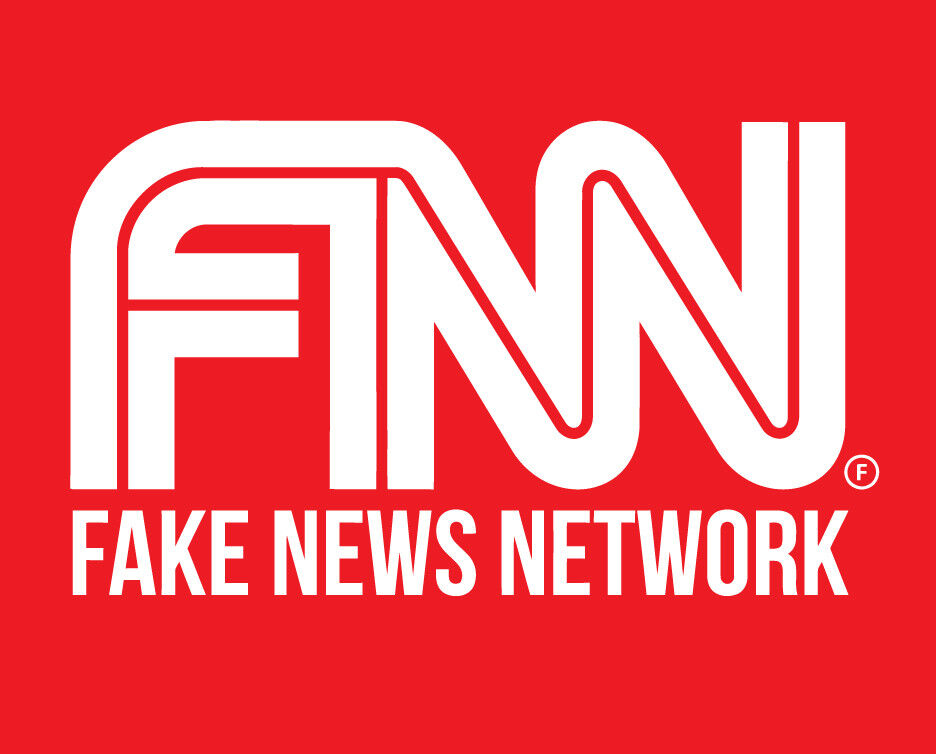
However, this treachery does not affect only the media. The trust erosion that this incident has caused seems likely to affect the journalism-artifact relationship that many citizens have with the truth. Millions of Americans are now forced to navigate a half-formed trust with a media landscape that can’t even seem to tell a half-decent truth anymore. The lack of trust issues seems to be trickling down from the media to the populace. Platforms like Substack and YouTube seem to be filling the gap, but they aren’t stepping any closer to the mainstream. If the mainstream can’t be trusted, and if the populace can’t be half-told the truth without being half-mistrusted, then what’s the use of any of it?
These institutions have a shot at redemption, but it is up to them to face their shortcomings with the necessary mix of honesty and urgency. It is up to them to reinstate a commitment to the values of transparency, impartiality, and all-power accountability under which these institutions used to operate. It is up to them to once again prioritize the public’s trust and the telling of true stories over any kind of slanted or tendentious narrative. If they can’t do that the rift between these institutions and an increasing number of Americans will, in all probability, continue to widen.
This moment is crucial. At its best, journalism is a democracy’s guardian. When things get dicey, you can count on the best journalism to light the way. But that core mission the core mission of so many institutions that call themselves journalism seems in some danger. Which is to say: its truth-seeking seems in danger. Of course, truth is often very inconvenient, and very powerfully resisted, to seek. But that’s what journalism is for. It’s time to decide whether to stand for that, or to stand for the powerful people who don’t want it sought.
More from Politics
Why You Can’t Trust the News Anymore
In today’s media landscape, the illusion of an unbiased, purely journalistic fourth estate is as believable as a late-night infomercial …
Cancel Culture: The Hunger Games of Social Media
From Torches to Tweets: The Lynch Mob Goes Digital Cancel culture is the sacred cow of our enlightened era. Over the …
Why the ‘Racism’ Excuse for Kamala’s Loss Falls Apart
Let’s get one thing straight: Kamala Harris didn’t lose the 2024 election because of racism, misogyny, or some other well-worn …









